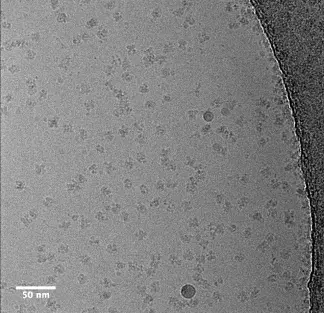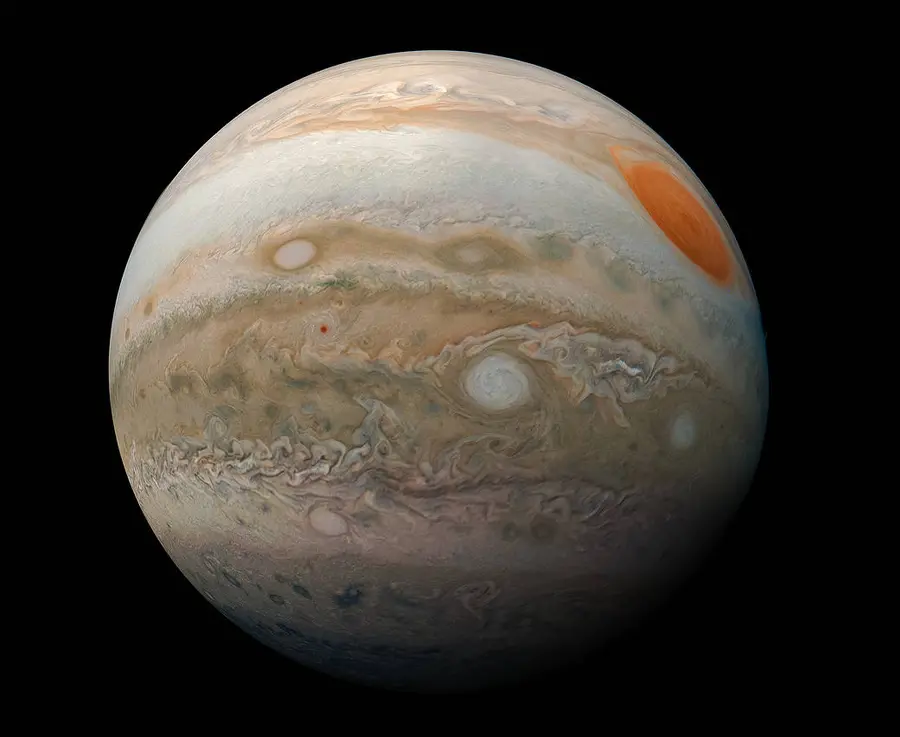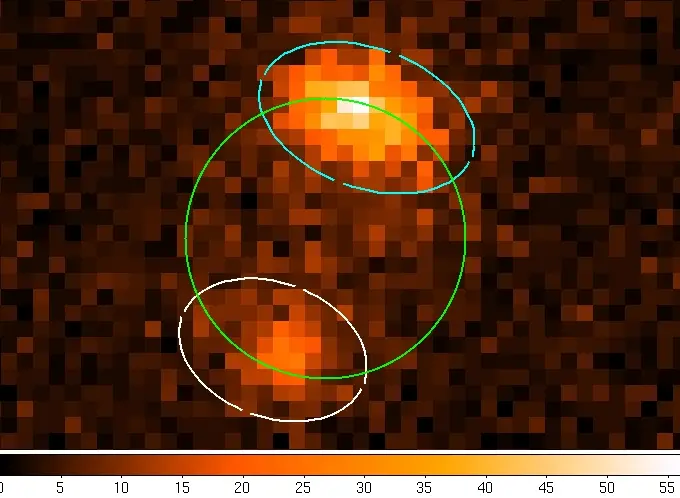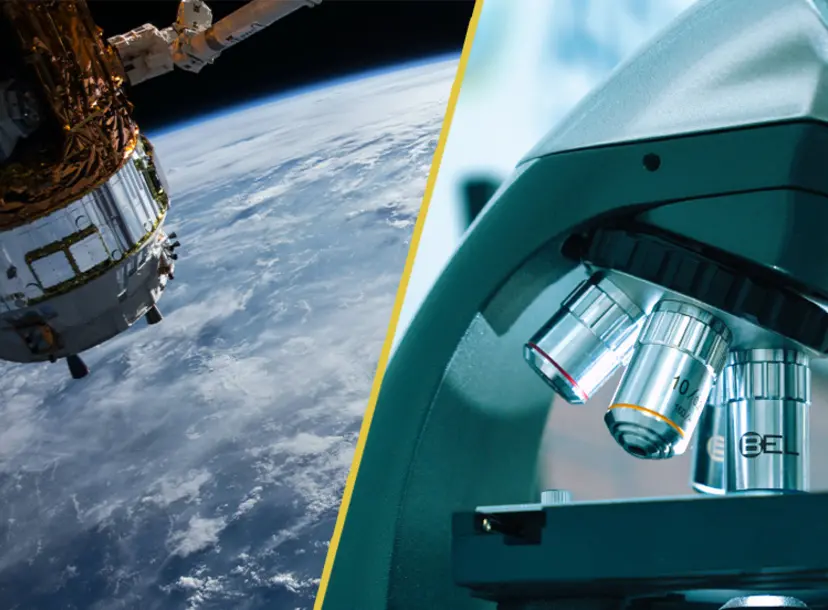Scientists love big-picture thinking, from working out how to power the whole of civilisation to understanding how life works. However, sometimes we get bogged down in the inane, the trifling, the downright silly, as was the case for some of the most famous scientific arguments.
But, arguing these points and getting down to minute detail isn’t always as nonsensical as it seems, sometimes it’s the only way to make sense of the big picture. So, join two scientists – Alex Holmes and Affelia Wibisono, as they get into the minutia of some of their arguments about the Big and Small.
The small
Alex’s research is all about proteins – the tools cells use to do all of their jobs, including letting you read the text in this blog and sending brain signals to make sense of it! Unlike that toolbox you might keep hidden under the stairs, cells keep their tools ready to go and in good nick at all times.
Proteins are tiny and not measured with centimetres or millimetres, but nanometres or Ångstroms (1 nanometer = 10 Ångstroms). But despite being tiny, they each have their own shape and fold which is intricately linked to their function, which is what thousands of scientists want to understand.
The even smaller
Our eyes are developed to see light made up of colours from red to violet – the colours of the rainbow. But there is a wider spectrum of colours invisible to our eyes, called the electromagnetic spectrum. The different parts of the electromagnetic spectrum all have the same properties – travelling at the speed of light in a vacuum and acting as waves and particles.
The difference is that their wavelengths are different sizes. Affelia’s research is focused on Jupiter’s -ray northern and southern lights, these have very short wavelengths that range between 0.00000001 and 0.00000000001 metres – that’s up to 100,000 times smaller than the width of a human hair! Lots of other things in space emit x-rays - active black holes, exploding stars and comets for example.

The ugly facility
If you came to Leeds, where Alex does her research, you could go to a cold, concrete car park full of building work and rain. Despite being unassuming, just through one of its concrete walls, stands £17 million of equipment. If you were told this was mostly spent on microscopes, you might be picturing those clumsy microscopes from school science classes.
But instead of these familiar pieces, this facility in front of you, accessed through a grotty Leeds car park houses Cryo-Electron Microscopes. These microscopes let us see the invisible. Not just 'invisible to the human eye', but smaller-than-visible-light-itself invisible. They let us see things 1000x smaller than a single cell – the equivalent of one football compared to eight football pitches.
To see things smaller than light, these microscopes use something smaller: electrons. Super-cooled electrons to be precise, shot at samples frozen in thin layers of ice.

And although the images or 'micrographs' that come out of this might not be supersaturated, artistic and inspirational pictures you wouldn’t bat an eye at in an art gallery, they are pretty magical with context. You can stand happily in that carpark knowing that just metres away scientists are gazing at the business end of biology and analysing data that could be used to treat diseases and understand life itself.
The ugly planet
Space is beautiful. This is what draws many people to astronomy. Just do a quick Google search for space pictures and you’ll get countless breath-taking images of majestic galaxies, colourful nebulae and planets with remarkable surface details. While it is true that some astronomers get to look at high-definition photographs of what they are studying (for example, solar physicists have the luxury of observing the Sun every 12 seconds in 4K resolution), most are not so lucky.

XMM-Newton is one of the most powerful x-ray telescopes ever built, however, it was not designed to take sharp images. X-rays cannot be reflected off a mirror-like visible light as they are too energetic. X-rays travelling directly at a mirror would pass straight through it. The mirror needs to be almost parallel to the incoming x-rays so that the angle between the two is very shallow (think of a stone skipping on water).
Only then can the x-rays be reflected in a similar way as visible light would. X-ray telescopes also use a series of cylindrical mirrors nested together, a little like how the layers of an onion are arranged, so that the telescope can reflect as many x-rays as possible. These mirrors then focus the x-rays onto a detector similar to those found in phone and digital cameras. XMM-Newton’s mirrors don’t perfectly focus the x-rays onto the detector which is why its images are blurry.
Besides, the space telescope’s main priority is to record the energies of the x-rays it detects, which it does very well.

Big vs small
Affelia and Alex will be going head-to-head in the Ri Theatre on 8 April for the ultimate scientific duel. The audience will decide which is cooler: big or small.
This event is particularly suitable for young people ages 13 and over. Get your tickets now!
